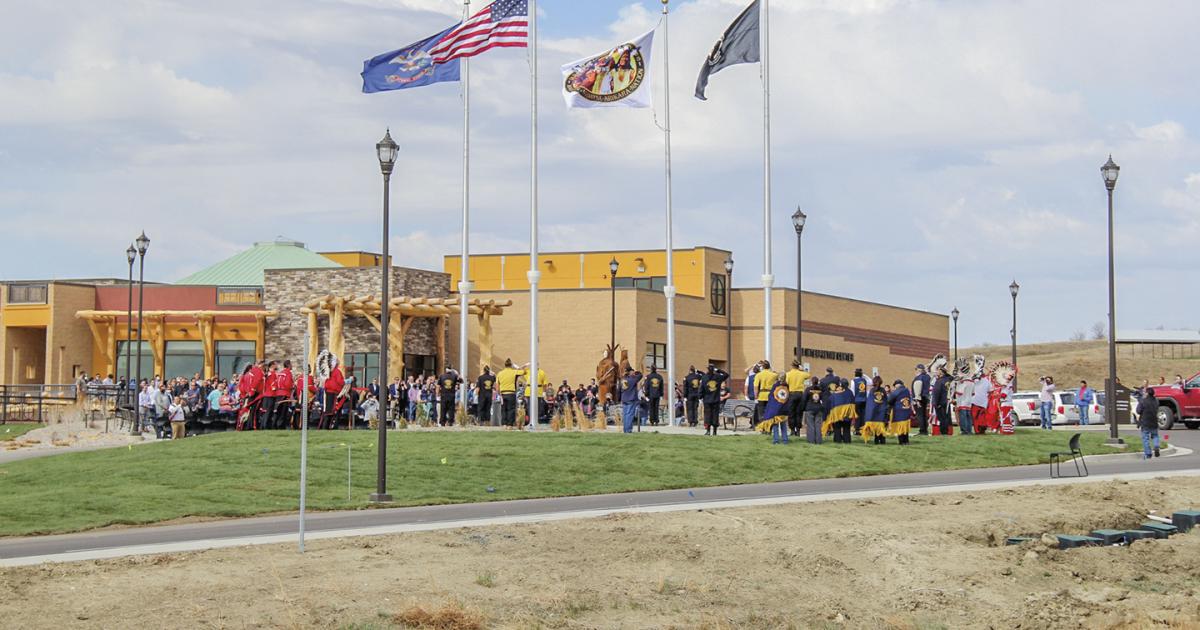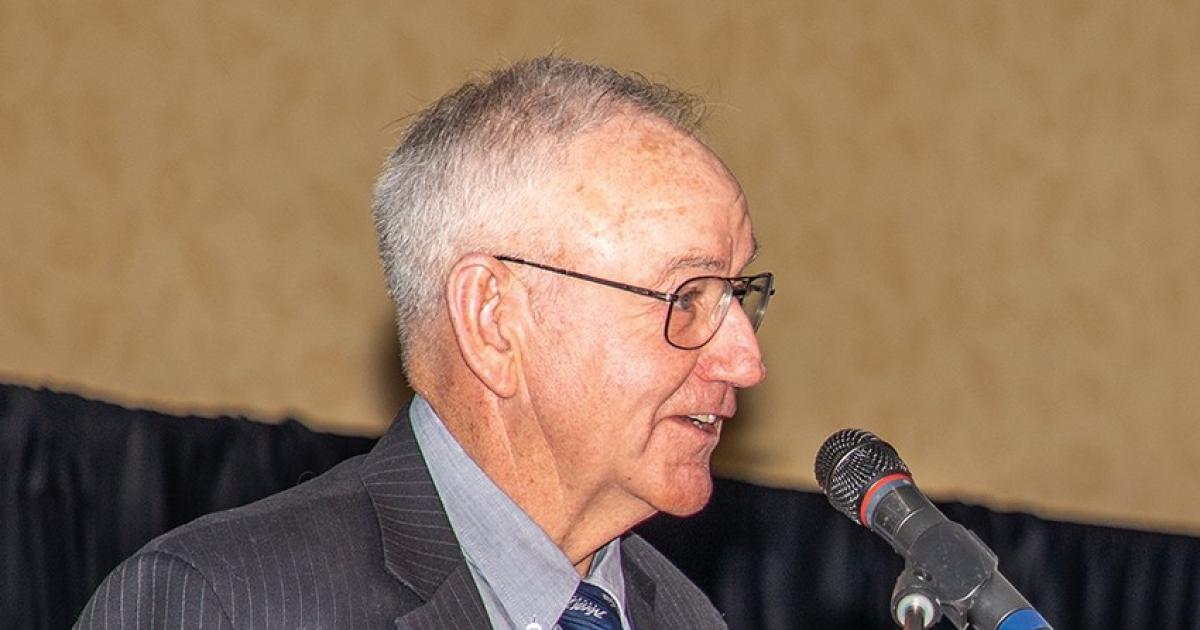“I’m a big believer that we need more talk about history, not less. This is how we do it,” says Robbie Lauf, executive director of the Theodore Roosevelt Presidential Library.
For the last 10 years, Lauf has thought about Theodore Roosevelt, his favorite president, every single day. He’s seen North Dakota’s presidential library transform from an idea to a $400 million sustainable marvel at the doorstep of the Badlands, where America’s 26th president transformed his life.
Cally Peterson
Bill Butterfield is good at a lot of things.
The Lodgepole, S.D., native is in the Hettinger High School hall of fame. He got his PGA card two years after picking up a golf club. His Black Angus cows and calves eat out of the palm of his hand.
“I have to be competing in anything I do,” Butterfield says.
Four years ago, the self-taught pitmaster took home the People’s Choice award at his first competition barbecue event in Taylor.
Butterfield didn’t just bring the smoke that day: He brought his homemade seasonings.
I learn so much from the subjects I interview, and I learn about subjects I often know little about. To write for the reader’s understanding requires understanding what I’m writing about first.
For a woman whose dream job is be a college student forever, being a journalist seems forever-college-student adjacent.
Nerd alert: I love research.
In May, I visited with the executive director of the Theodore Roosevelt Presidential Library for the story on page 4.
“Cooperatives were born in politics and will die in politics.”
This oft-used phrase in the cooperative world both recognizes the circumstances through which most cooperatives emerge – in response to political and economic conditions, often as an alternative to traditional business models or power structures, seeking to empower individuals and communities – and acknowledges a critical function for their survival – advocacy.
As communities across the nation prepared to celebrate America’s bicentennial in 1976, an idea surfaced in the small town of Braddock, about an hour’s drive southeast of Bismarck.
“It was at a parent-teachers meeting, and I said, ‘Well, why don’t we thresh?’ I said, ‘Nobody’s done that for years,’” recalls 91-year-old Del Svalen, who had moved to Braddock from Minnesota to teach and coach.
Whether two legs or four, the big kids and the little ones, everyone is welcome at Grandma and Grandpa’s house. The same can be said for Hondo’s Hideaway restaurant on the Jamestown Reservoir.
“I wanted to keep (the ambiance) more of what you’re maybe used to if you visited Grandma and Grandpa’s house, a little bit of a homey feel,” says Lucas Dockter, Hondo’s Hideaway owner and chief grunt worker. “It pairs well with the food we serve. It’s stuff you would find at Grandma’s house or what you grew up with.”
 The world changed five years ago when the coronavirus pandemic entered our lives. It disrupted everything, from the way we learn and work to the price of groceries and gasoline. While many facets of our lives have returned to normal (or a “new normal”), the American pocketbook is still wishing and waiting for the return of pre-pandemic pricing.
The world changed five years ago when the coronavirus pandemic entered our lives. It disrupted everything, from the way we learn and work to the price of groceries and gasoline. While many facets of our lives have returned to normal (or a “new normal”), the American pocketbook is still wishing and waiting for the return of pre-pandemic pricing.


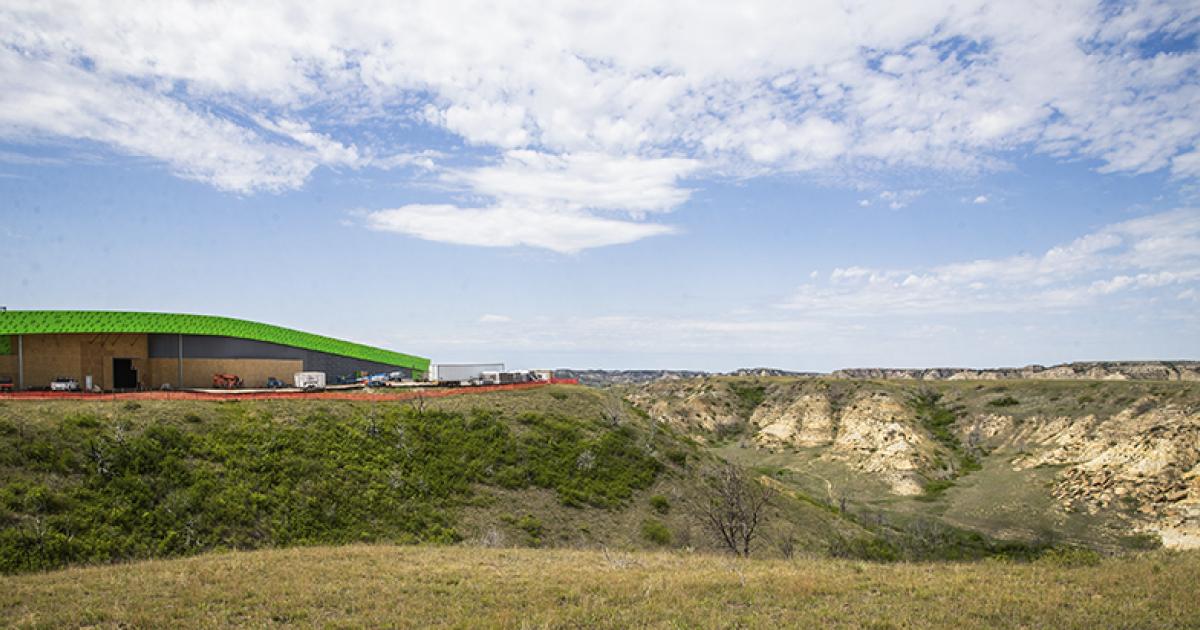
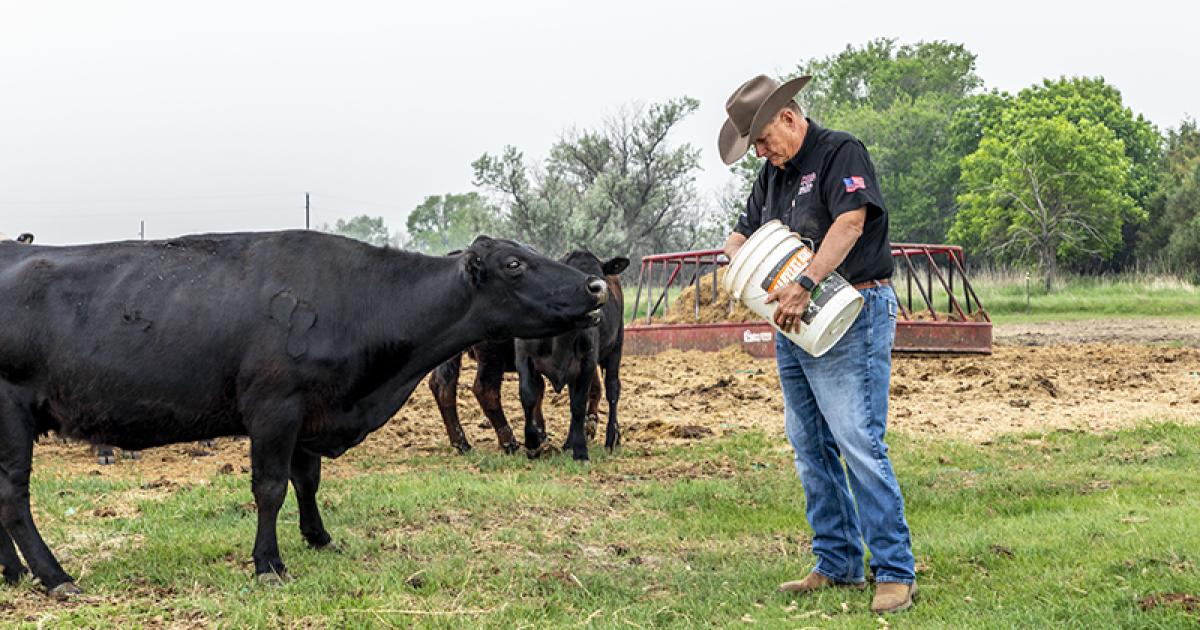

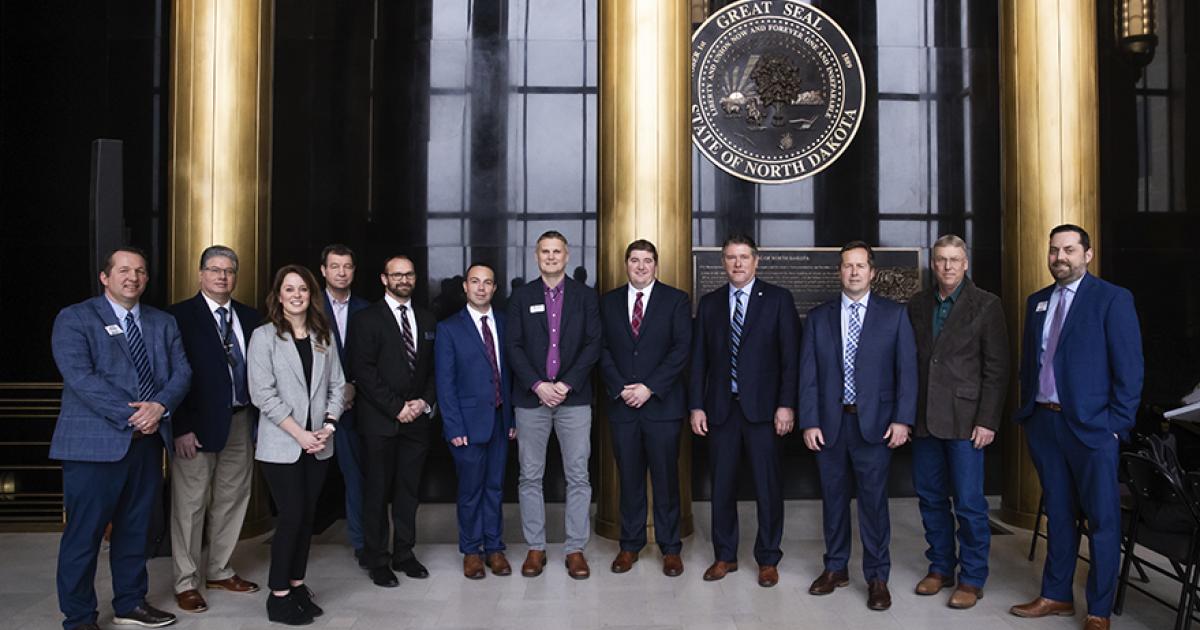
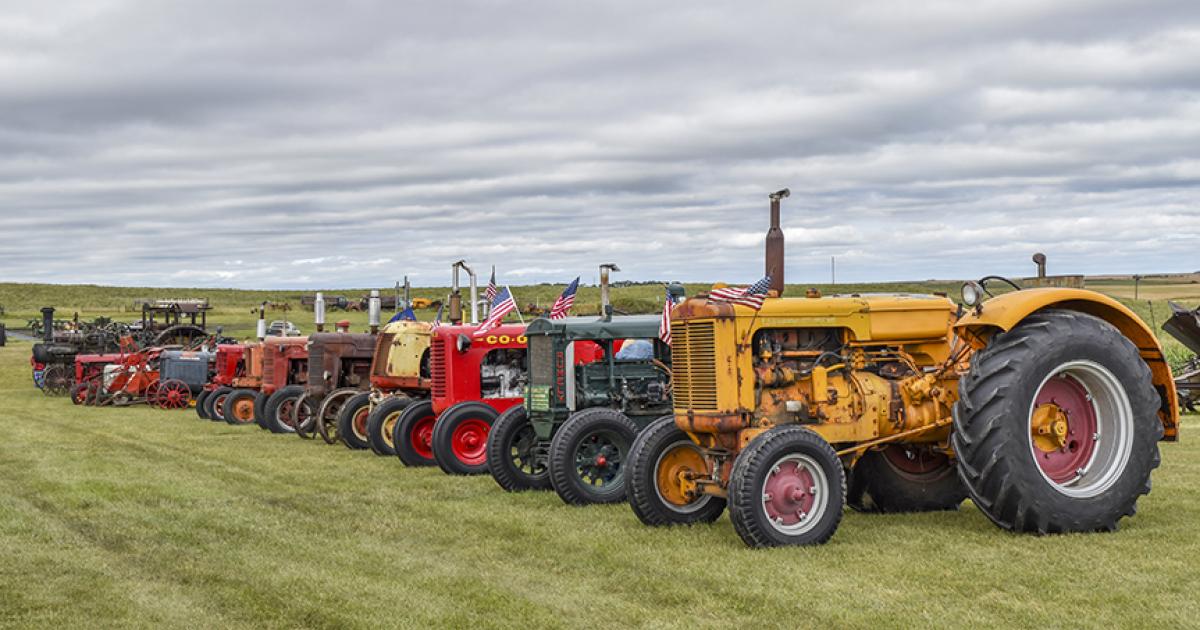


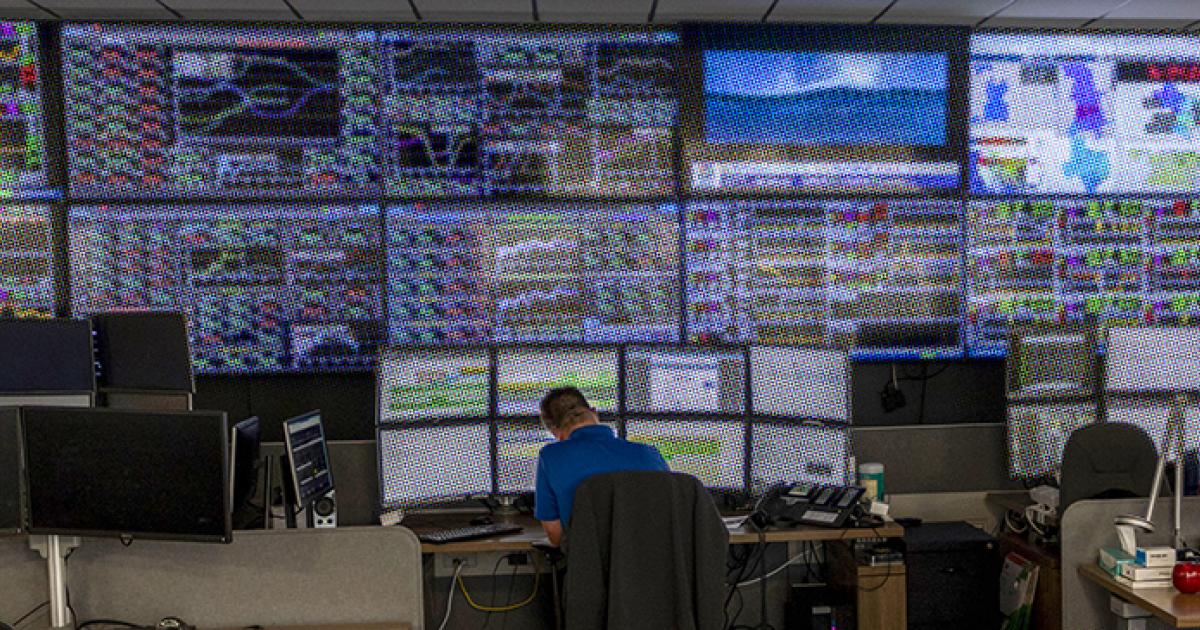

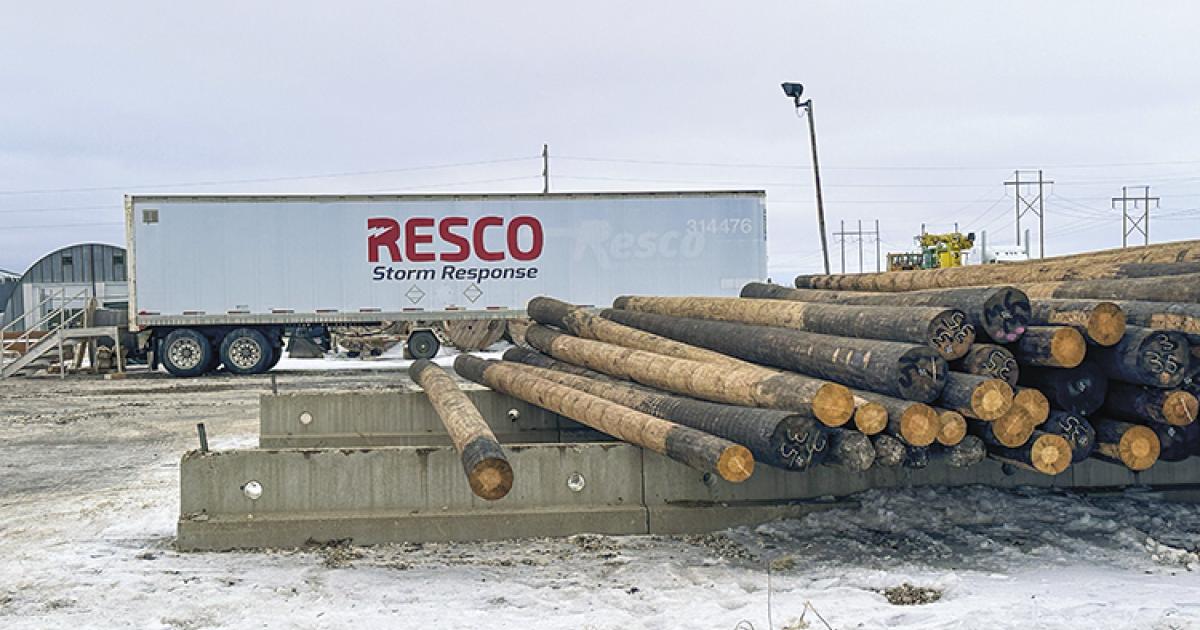

 Energy.
Energy.


